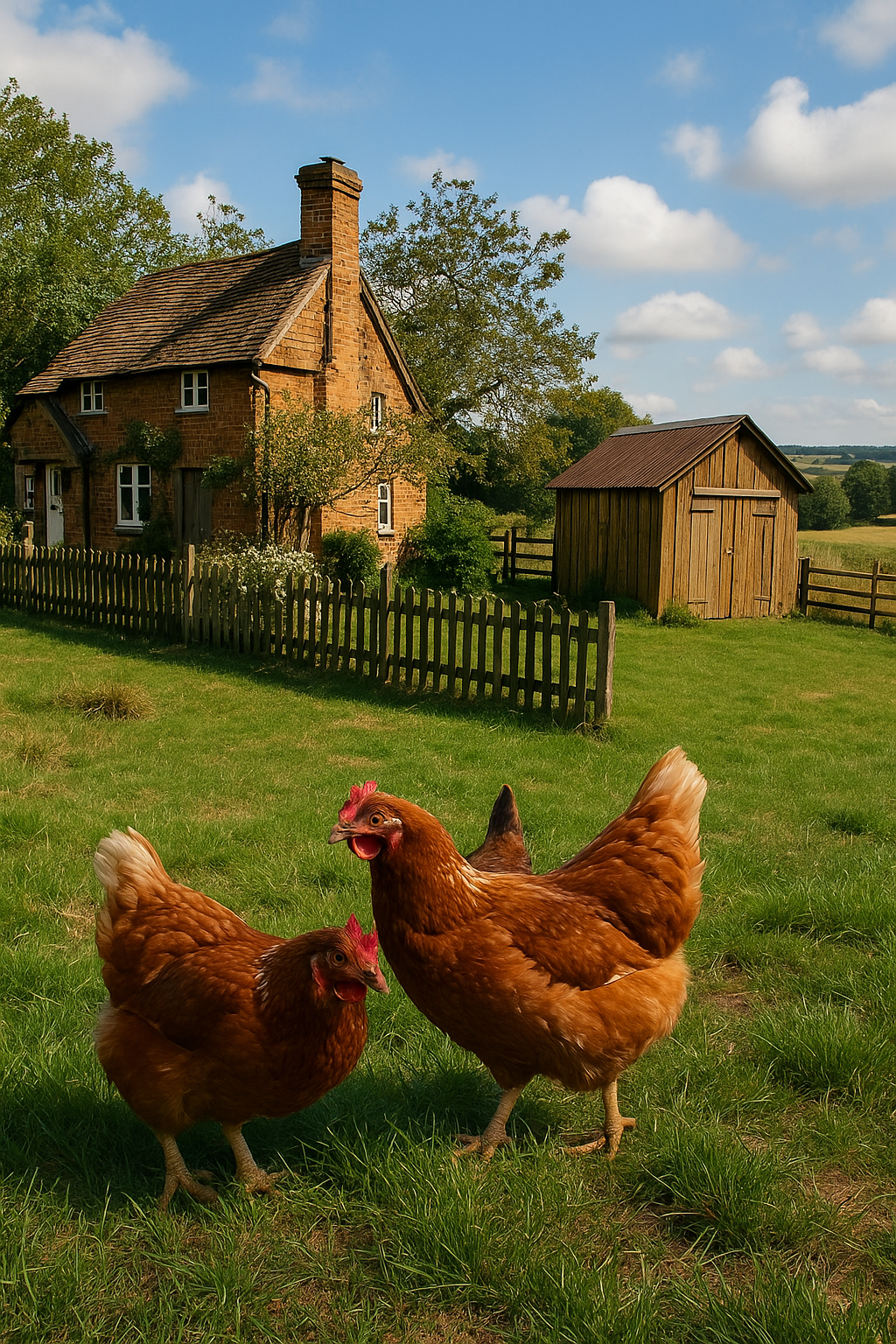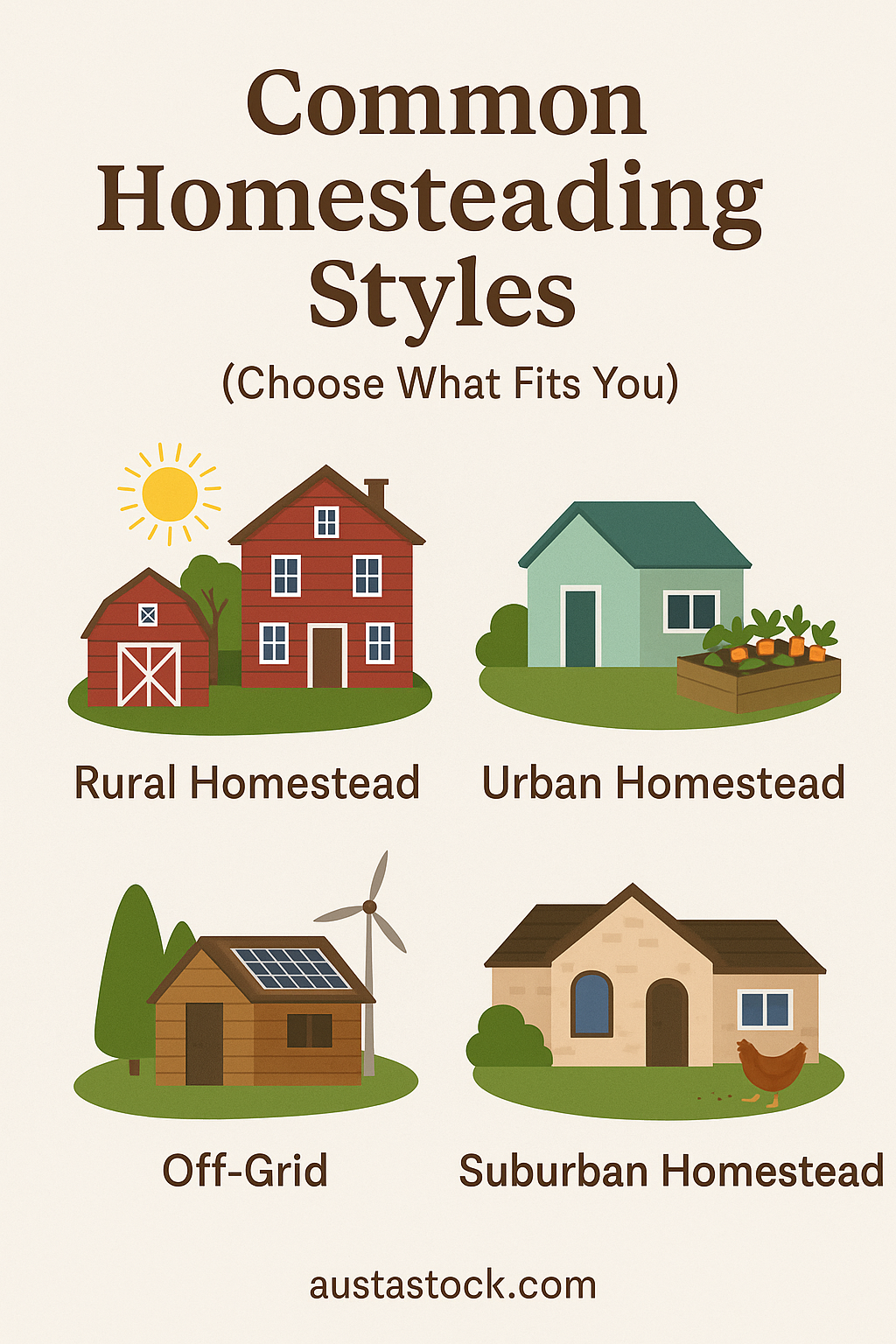Your Guide to Homesteading
Homesteading means different things to different people. For some, it’s going fully off-grid in the mountains. For others, it’s growing a backyard garden, collecting rainwater, and learning to live more simply. Wherever you’re starting from, this guide is here to help you take those first steps—without getting overwhelmed.
What Is Homesteading?
At its core, homesteading is about doing more for yourself—growing your own food, managing your own resources, and getting back to the basics. It doesn’t have to mean quitting your job or living without electricity (unless you want that). It’s about building a life that feels more grounded and more connected to the land you’re on.
What You Need a Homestead Started
You don’t need a barn, goats, or 20 acres right away. Here’s what really matters when you're just getting started:
Land with freedom to grow
Look for areas with fewer zoning rules where you can garden, raise animals, or collect water.Water access
Whether it’s a well, a rainwater system, or a nearby spring—water is everything.A place to live
Cabins, tiny homes, trailers—it doesn’t have to be fancy. Just safe, warm, and yours.Basic tools
Think hand tools, a shovel, a wheelbarrow, and maybe a rain barrel or two. You build as you go.Willingness to learn
No one starts as an expert. The skills—gardening, preserving food, fixing things—come with time.
Start Small: First Homesteading Projects That Make a Difference
1. Plant a Garden
Even a couple raised beds can feed you more than you’d expect—and teach you a lot along the way.
2. Try Raising Chickens
They’re low-maintenance, give you fresh eggs, and they’re fun to have around.
3. Learn to Can or Dehydrate Food
Canning feels intimidating at first, but it’s incredibly rewarding. Start with jams or tomato sauce.
4. Catch & Store Rainwater
Set up a simple rain barrel—it’s a great first step toward self-reliance.
Common Homesteading Styles (Choose What Fits You)
• Off-Grid Living
Totally independent—solar power, composting toilets, and water systems.
• Rural Hybrid
Maybe you still have power and a well, but you grow food, raise animals, and do things yourself.
• Suburban Homesteading
Even in a neighborhood, you can keep chickens, plant fruit trees, and preserve what you grow.
The Long Game: Building a Life, Not a Project
One of the biggest things to remember: homesteading is a process. You don’t need to do everything at once. Start with what’s manageable. Let your homestead grow with you. The point isn’t perfection—it’s intention.
Homesteading FAQs (Because Everyone Has Questions at First)
Do I need a ton of land?
Nope. People homestead on one acre, half an acre, or even a backyard plot.
Do I have to quit my job?
Not at all. Many folks homestead part-time while working full-time jobs.
What if I don’t know how to garden or raise animals?
You’ll learn. Most homesteaders start with no experience. Mistakes are part of it.
Can I ease into it?
Yes—and you should. Homesteading isn’t all or nothing. You build it over time.
Final Thoughts
Homesteading is about choosing a different rhythm. It’s not always easy—but it’s deeply rewarding. You’ll mess up, you’ll figure things out, and you’ll learn to trust yourself a little more every season. Whether you’re dreaming of chickens, cabins, or just growing your own tomatoes, this life is something you build one step at a time.



